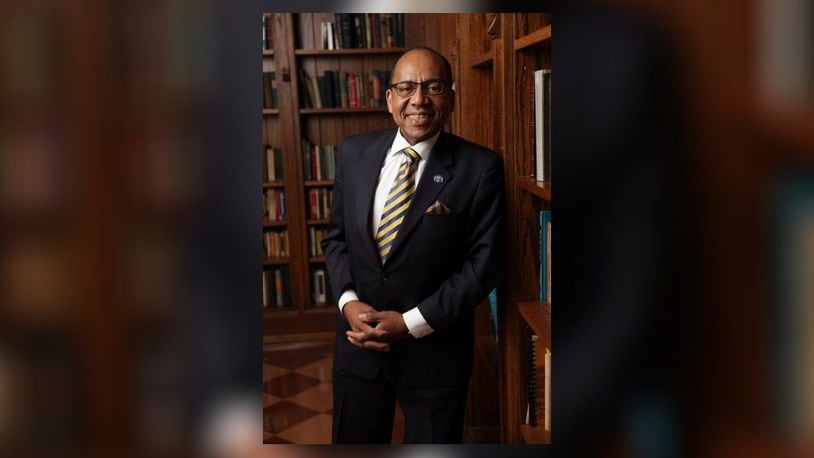As the 23rd president of Wilberforce University, I realize that the University can no longer rest only on the merits of being the first private Historically Black University (HBCU). As a student of history, I realize that reinvention is the key to longevity, and organizations must constantly revamp themselves. For example, in 1850, long before we became familiar with the green, plastic charge card, American Express began its history as a package delivery company during the era of the express mail service, the Pony Express. And at one time, the oil giant Shell actually imported and sold seashells. Of course, each of these companies evolved to sell new products that captured public interest.
According to a recent article published by U.S. News & World Report, half a century ago, the life expectancy of a Fortune 500 firm was approximately seventy-five years. Ten years ago, this estimate was reduced to 15 years, and today, those numbers of durability are even fewer. While institutions of higher learning have had greater staying power, the last few pandemic driven years have brought so much financial and enrollment change, more than 50 colleges have closed or merged.
My vision as president of Wilberforce University is to continue building upon the institution’s reputation as a catalyst of change. As the founders of MIT did, in the mid-1860s, by establishing a new form of higher education to address the challenges created by rapid advances in science and technology, Wilberforce University plans to draw upon its historic strengths. This means creating the bandwidth to expand world class programs in electrical and nuclear engineering, computer science, operations research and highlighting new programs in social justice. These efforts also mean the University is poised to expand its cooperative educational programs and fundraising efforts to build a strong base for the future.
In this post-COVID world, such advancement is essential to brace the challenges that are now facing colleges across the nation. Much of Wilberforce’s immediate plan includes creating partnerships with research universities and increasing the strength of our faculty by accelerating digital educational modules and connecting with academicians who specialize in key areas of instruction.
These are some of the efforts that will move Wilberforce University along the road to the future.
Dr. Vann R. Newkirk is the 23rd president of Wilberforce University.
About the Author
